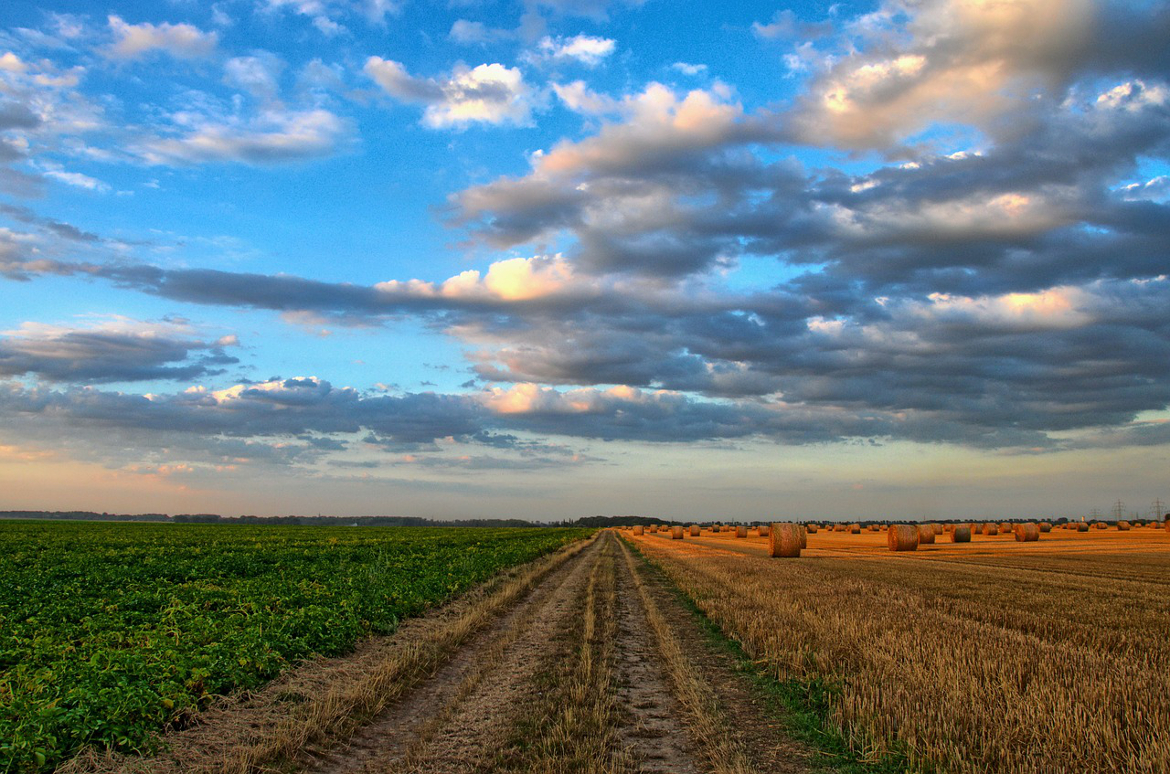Four Areas of Agriculture That Can Help Solve Many Environmental Problems and Improve Human Health
Author: Dr. Joseph Mercola | Published on: September 10, 2016
Agriculture has a significant impact on life on Earth. It provides food, sure, but it’s also an integral part of the ecosystem as a whole. Done correctly, it supports and nourishes all life.
When abused — as it’s been done since the “green revolution” in the 1930s — agriculture contaminates and destroys soil, air and water, reducing biodiversity and threatening wildlife and humans alike, thanks to toxic chemicals and destructive farming methods.
The featured short film, “Unbroken Ground,” explores four areas of agriculture, featuring pioneers in each field, that can help solve many of the environmental crises’ currently facing us:
- Regenerative agriculture
- Regenerative grazing
- Diversified crop development
- Restorative fishing
Reinventing Food
As noted in the film, there’s a growing movement toward more sustainable agriculture; a shift so great that it’s almost like we’re reinventing the food system all over again.
However, rather than focusing on more and newer technologies, this shift involves a return to basics — a going backward, if you will — which is really the only way to make progress at this point.
Continuing to destroy the soil, air and water we need to sustain life simply isn’t a viable option anymore. Patagonia founder Yvon Chouinard says:
“I’ve always thought of my company, Patagonia, a clothing company, as an experiment; making decisions based on quality and responsibility. And I can tell you, it’s not an experiment anymore.
I’ve proven to myself, it works! Applying that to food — this is another experiment. But I think it’s the most important experiment we’ve ever tried.”
The Land Institute — Regenerative Farming
According to Wes Jackson, Ph.D., founder of the Land Institute, grains account for about 70 percent of our daily calories, and grains are grown on about 70 percent of acreage worldwide.
The continuous replanting of grain crops each year leads to soil degradation, as land is tilled and sprayed each year, disrupting the balance of microbes in the soil. Top soil is also lost each year, which means that eventually, our current modes of operation simply will no longer work.
We will not have any usable topsoil left, and this may actually occur far sooner than most people realize. Soil erosion and degradation rates suggest we have less than 60 remaining years of topsoil.1
Forty percent of the world’s agricultural soil is now classified as either degraded or seriously degraded; the latter means that 70 percent of the topsoil is gone.
Agriculture also accounts for 70 percent of our fresh water use. When the soil is unfit, water is wasted. It simply washes right through the soil and past the plant’s root system.
We already have a global water shortage that’s projected to worsen over the coming two or three decades, so this is the last thing we need to compound it.
Soil degradation is projected to cause 30 percent loss in food production over the next 20 to 50 years. Meanwhile, our global food demands are expected to increase by 50 percent over this span of time.
“Regenerative agriculture actually BUILDS topsoil,” Chouinard says. “Wes is doing the most important thing in agriculture in the last 10,000 years.”

